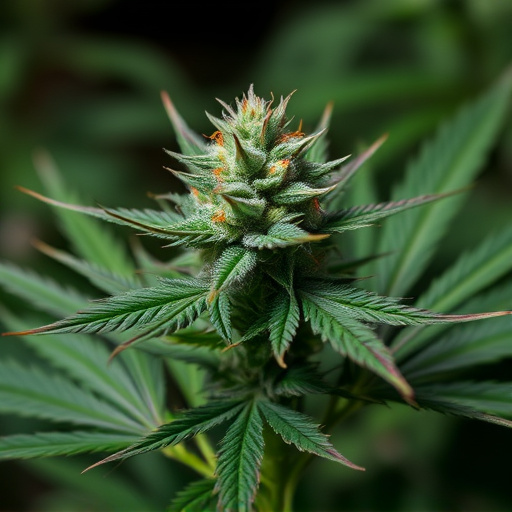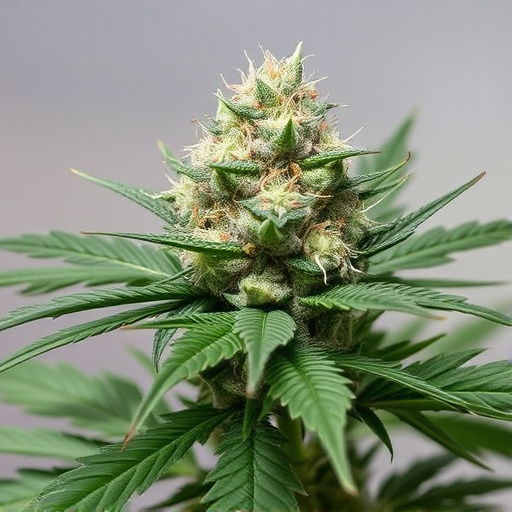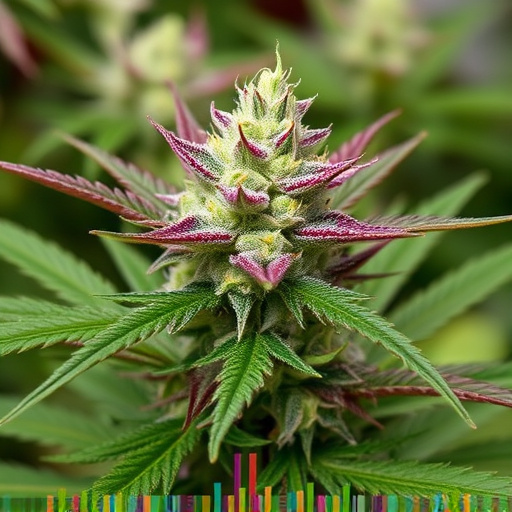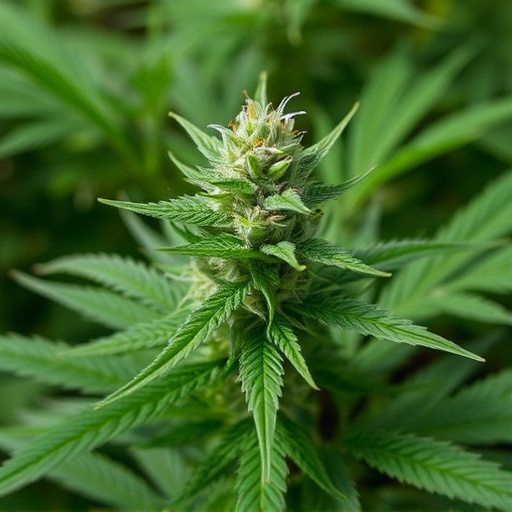Terpenes, volatile organic compounds found in cannabis, are key aroma and potential therapeutic contributors to various cannabis strains. These natural plant defense mechanisms interact with cannabinoids like THC and CBD, influencing strain effects. Different terpenes, such as myrcene and limonene, evoke distinct sensations, from relaxation to energy. Understanding terpene profiles is crucial for consumers navigating cannabis strains and effects, enabling a more informed experience.
Discover the fascinating world of terpenes, the unsung heroes behind the diverse scents and aromas of cannabis. This chemical compound plays a pivotal role in shaping the unique profiles of different cannabis strains, contributing significantly to their distinct flavors and perceived effects on users. From relaxation to energy boosts, understanding terpenes illuminates why certain strains cater to specific preferences and needs. Unravel the intricate dance of terpene combinations, where synergy amplifies the overall experience, offering a deeper insight into the cannabis plant’s complex nature.
- Understanding Terpenes: The Chemical Compounds Behind Cannabis Scents
- – Definition of terpenes and their role in cannabis plants
- – How terpenes contribute to the unique aroma and flavor profiles of different cannabis strains
Understanding Terpenes: The Chemical Compounds Behind Cannabis Scents

Terpenes, the unsung heroes of the cannabis world, are chemical compounds that not only give different cannabis strains their distinctive aromas but also play a significant role in their potential effects on users. These volatile organic compounds (VOCs) are produced by plants as part of their natural defense mechanisms and can be found in various herbs and flowers, including cannabis. Each terpene offers a unique scent profile that contributes to the overall fragrance of different cannabis strains.
When consumed, terpenes interact with cannabinoids like THC and CBD, enhancing or modifying their effects. For instance, myrcene, one of the most common terpenes, is known for its earthy scent and has been linked to relaxation and sleep-inducing properties. This interaction between terpenes and cannabinoids creates a complex cannabis strains experience, where scent and effect are inextricably tied. Understanding terpenes offers cannabis enthusiasts and researchers a deeper insight into the diverse range of scents and potential therapeutic benefits associated with different cannabis strains.
– Definition of terpenes and their role in cannabis plants
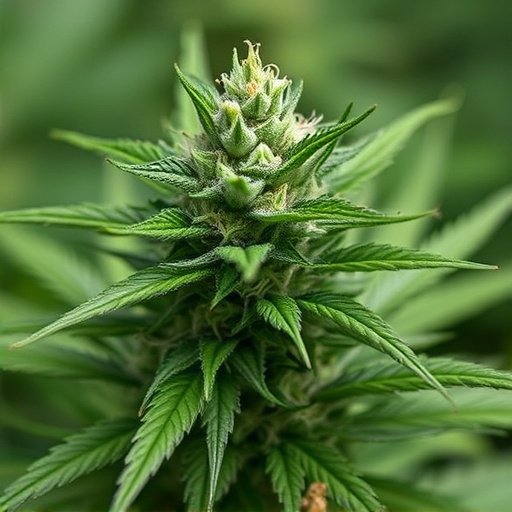
Terpenes are a diverse class of aromatic compounds that play a crucial role in cannabis plants, contributing significantly to their unique scents and flavors. They are volatile oils naturally produced by the plant, giving rise to the distinctive aromas we associate with different cannabis strains. These compounds not only captivate our senses but also offer insights into the potential effects of various cannabis strains on users.
In cannabis, terpenes work synergistically with cannabinoids like THC and CBD, enhancing or altering their overall impact on the body and mind. The specific terpene profile within a strain can influence its calming, energizing, relaxing, or uplifting effects, making it essential for consumers to understand these chemical contributors when navigating the diverse world of cannabis strains and effects.
– How terpenes contribute to the unique aroma and flavor profiles of different cannabis strains

Terpenes, a group of aromatic compounds found in many plants, play a pivotal role in creating the unique aroma and flavor profiles that distinguish different cannabis strains. Each terpene contributes to the overall scent and taste, resulting in varying effects on users. For instance, myrcene, with its earthy and musky notes, is often linked to inducing relaxation and sleepiness, making it popular among evening or bedtime consumers. Similarly, limonene offers a bright, citrusy aroma that not only elevates the sensory experience but also may provide uplifting and energizing effects.
The interplay between terpenes and cannabinoids, like THC and CBD, further adds complexity. Certain terpenes can enhance or modulate the effects of these cannabinoids, leading to diverse experiences. For example, linalool, known for its lavender-like scent, is believed to promote calmness and alleviate anxiety when combined with THC. This interaction underscores how terpene profiles contribute not just to the olfactory delight but also to the perceived effects of different cannabis strains.
Terpenes play a pivotal role in shaping the distinct scents and flavors associated with various cannabis strains, each offering unique effects. These aromatic compounds not only captivate our senses but also contribute to the therapeutic benefits experienced by users. By understanding terpenes, cultivators can craft cannabis experiences tailored to individual preferences, making each strain a truly one-of-a-kind offering in the diverse world of cannabis products and their effects.






